
Cancer is scary. And what's even scarier is how common it is: According to the American Cancer Society, based on cases from 2011-2015, the number of new cancer cases is 439.2 per 100,000 people a year — so in the next year, there will probably be approximately 1,735,350 new cases of cancer in the US (and 609,640 people will die from the disease). In thinking about it, it makes an awful kind of sense that it's so common — we don't know anyone whose lives haven't been affected by cancer, after all. Nearly everyone we know has lost someone they love to this disease, which is really a general name for a collection of related diseases. Basically, the term "cancer" describes the result of uncontrolled growth and division of cells in our bodies. Some cancers cause cells to grow more slowly than they should, while other cause them to grow extremely quickly.
But whatever the type of cancer, it's always a scary diagnosis. But there's also good news when it comes to cancer: It's becoming increasingly treatable. Check out the major advances in cancer treatment, which are honestly inspiring — these are some seriously impressive feats of modern medicine. And for anyone living with cancer themselves or for anyone who has a parent, close friend, or family member with cancer, we strongly recommend checking out one (or all) of these 10 Books That Say 'F You' to Cancer. Much like going to a cancer charity-related race or event, these books can help remind us that we're not alone in the fight, and that there are a ton of people out there who are supportive. There are two forms of cancer that predominately affect women, and we should be informed about them: take a look at ways to reduce your risk of breast cancer and early signs of ovarian cancer — to be better informed about how to reduce risk and pay attention to early detection.
Colorectal Cancer
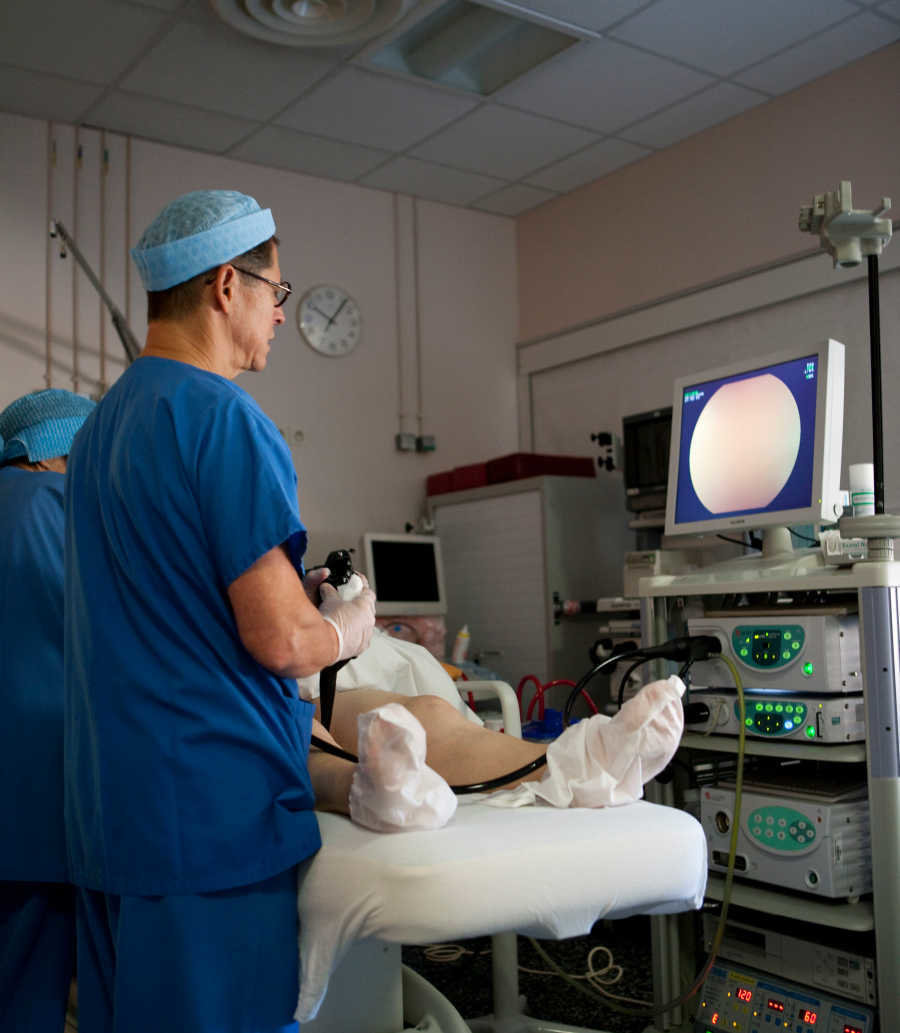
Estimated New Cases: 145,600 each year
Estimated Deaths: 51,020 each year
Colorectal cancers start in the colon or rectum, and are typically grouped together. It typically begins as a growth called a polyp.
How to reduce risk: Because colorectal cancers don’t always have symptoms, the best bet is to have regular colonoscopies, starting around age 50, unless there are other risk factors.
Nonmelanoma Skin Cancer
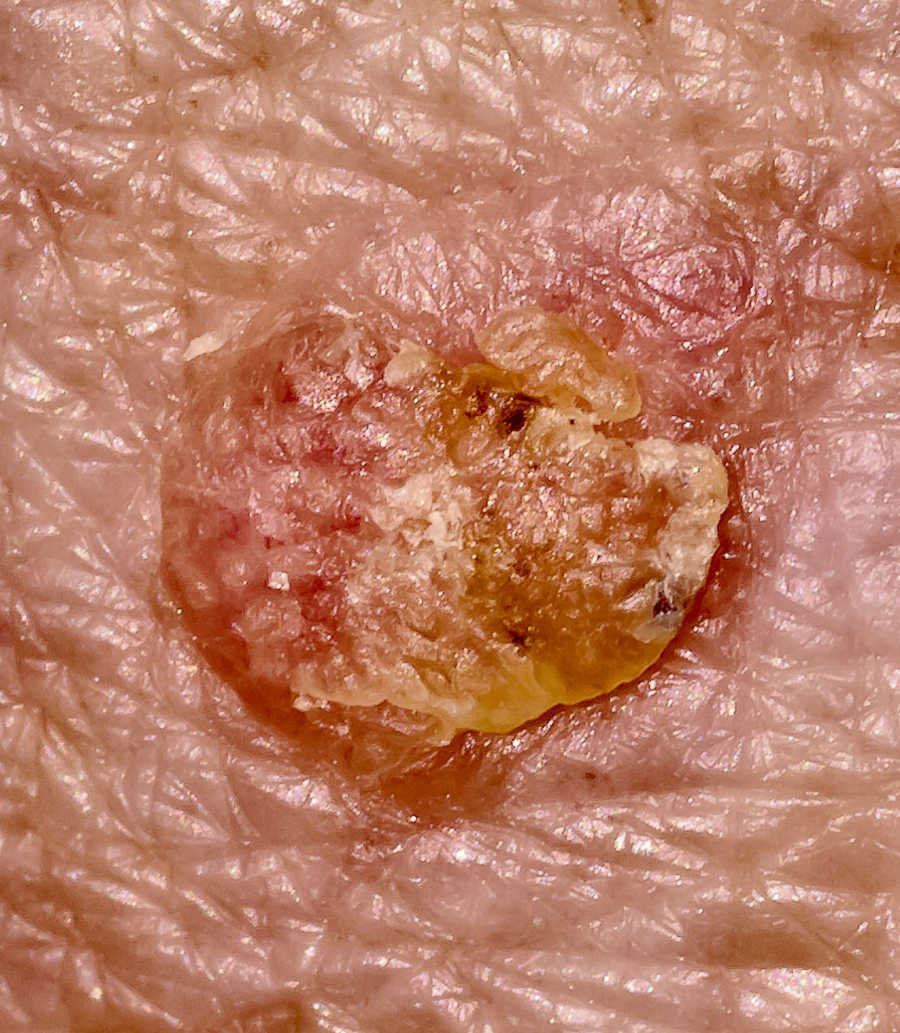
Estimated New Cases: 4.3 million basal cell carcinoma and 1 million squamous cell carcinoma cases each year in the United States.
Estimated Deaths: 7,230 each year
By far, the most common cancer is nonmelanoma skin cancer. In fact, 1 in 5 Americans will develop this kind of skin cancer by age 70. It’s so common, and so rarely deadly, that it’s often treated separately from the most common cancers. Melanoma, however, is a different story.
How to reduce risk: Reduce exposure to UV rays. Wear SPF 15+ sunscreen every day.
Breast Cancer

Estimated New Cases: 268,600 in women and 2,670 in men
Estimated Deaths: 41,760 in women and 500 in men each year
One of the big three, breast cancer primarily affects women, but there are a small number of cases in men.
How to reduce risk: Mammograms and breast self-exams help with early detection, when breast cancer is most treatable. If there is a family history of breast cancer, a doctor might suggest genetic testing.
Lung Cancer

Estimated New Cases: 228,150 each year
Estimated Deaths: 142,670 each year
Lung cancer is by far the leading killer of women and men among the big three cancers. The good news: As smoking becomes less prevalent, lung cancer deaths are also falling.
How to reduce risk: Don’t smoke — or quit if smoking is already a habit. Avoid secondhand smoke and exposure to environmental toxins.
Prostate Cancer
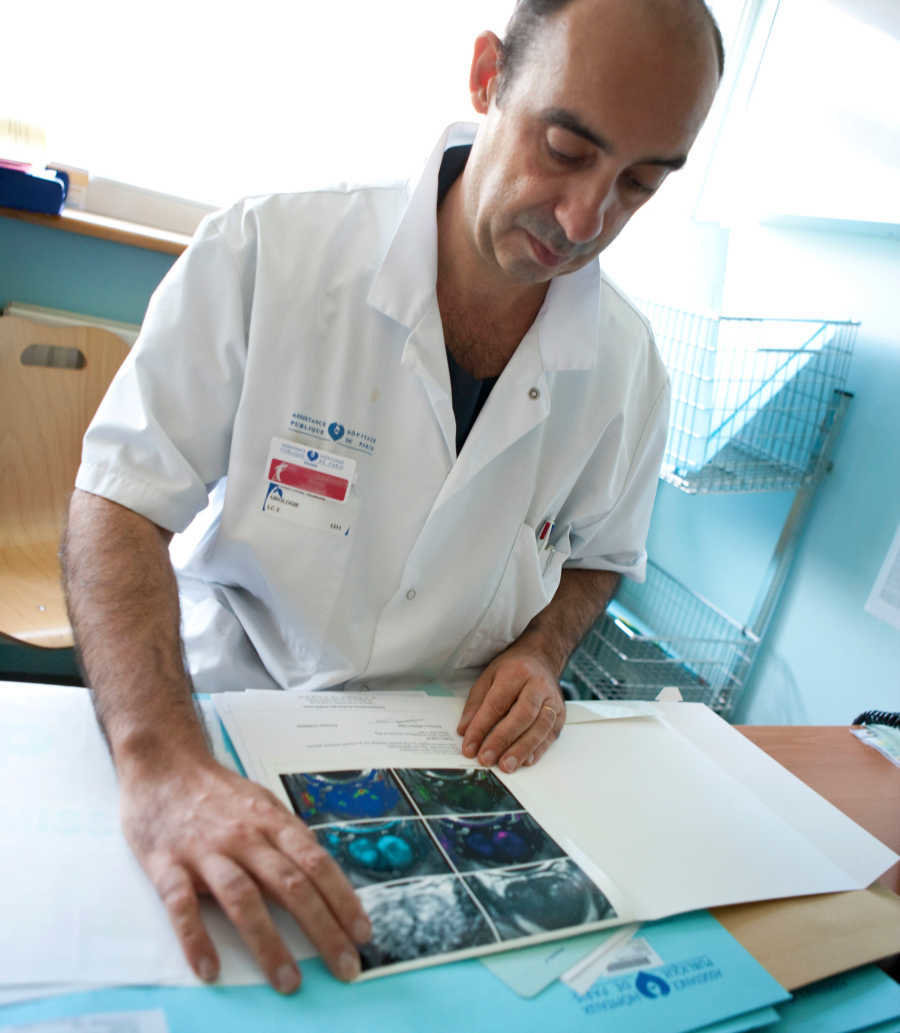
Estimated New Cases: 174,650 each year
Estimated Deaths: 31,620 each year
The last of the big three, and one that affects only men, prostate cancer often grows slowly — which has changed how the medical community thinks about detection and treatment. While it is common, most men who are diagnosed with prostate cancer do not die from it.
How to reduce risk: While testing for prostate cancer was once considered routine, it's now recommended that each man work with his health care provider to determine the best course of action.
Melanoma
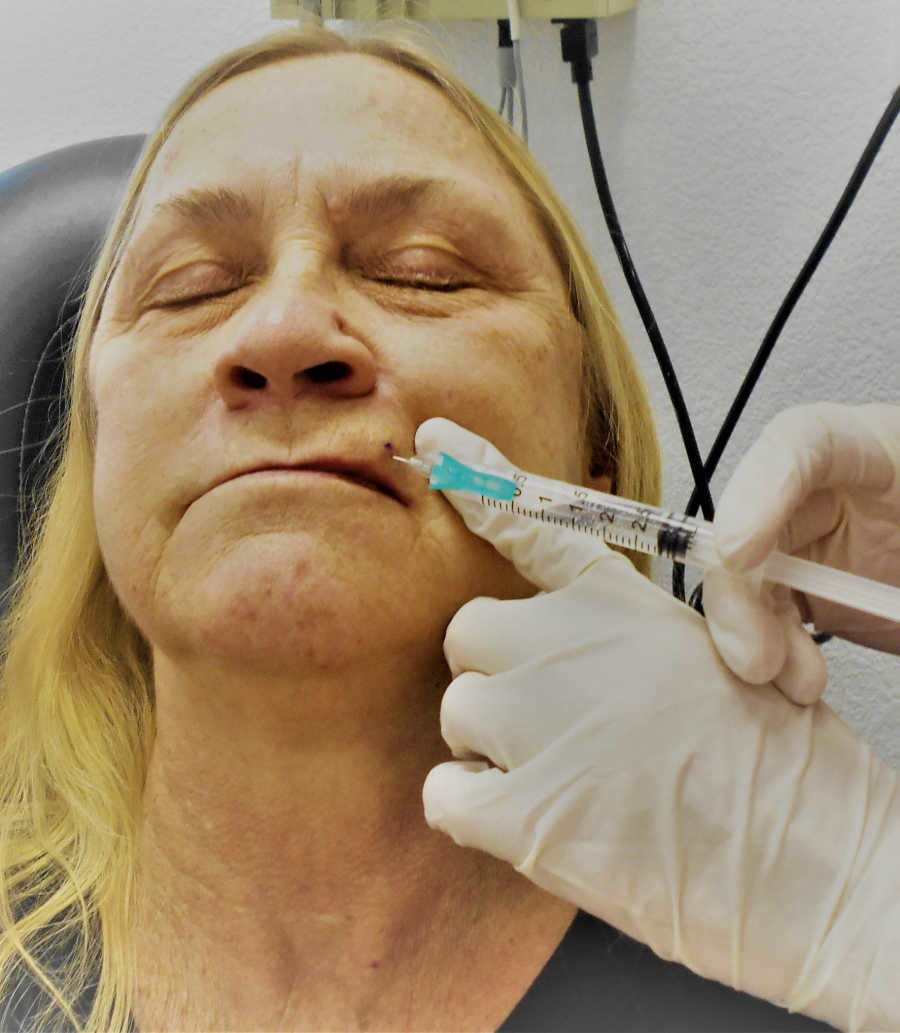
Estimated New Cases: 96,480 each year
Estimated Deaths: 7,230 each year
Melanoma is less common than either basal cell carcinoma or squamous cell carcinoma, but it is far more deadly — which is one reason it’s considered separately. Melanoma grows quickly and is harder to cure.
How to reduce risk: While avoiding sun and UV exposure is important, it’s less strongly associated with this type of skin cancer. Our best best is to monitor our skin, especially anything that appears to be a mole, and to have periodic skin exams by a doctor.
Bladder Cancer
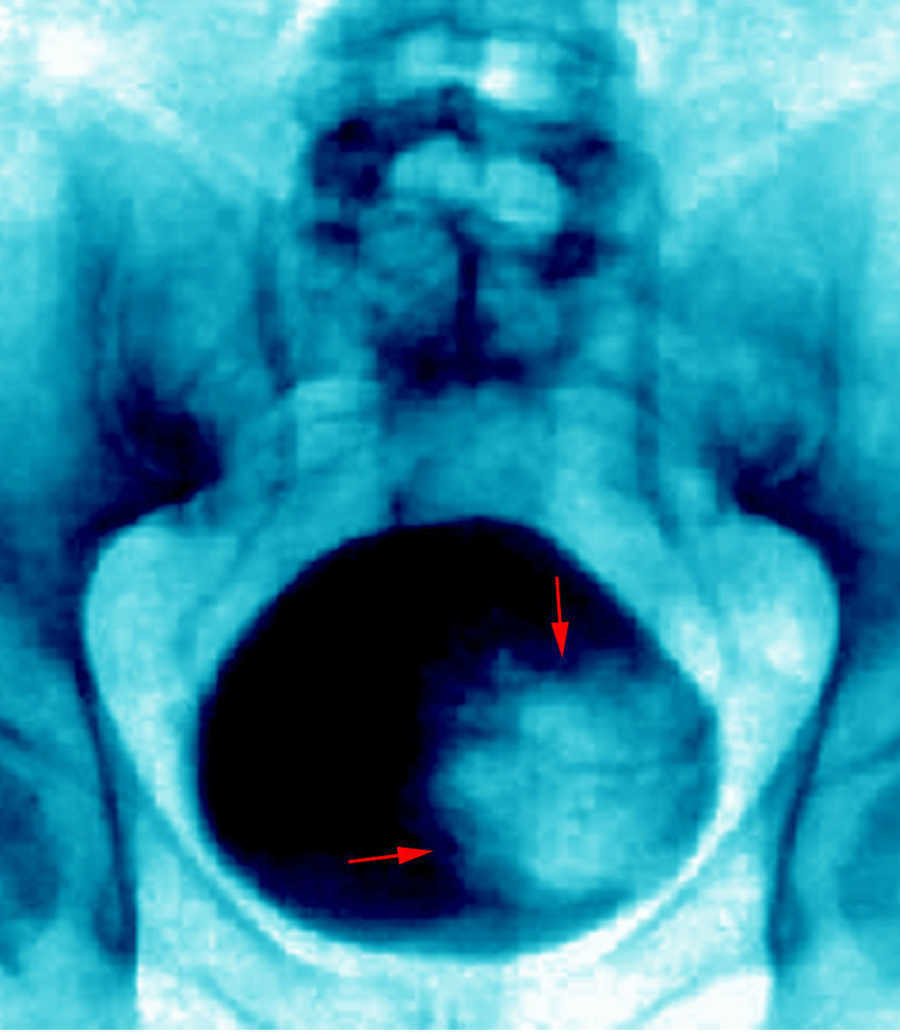
Estimated New Cases: 80,470 each year
Estimated Deaths: 17,670 each year
Bladder cancer is more common in men than in women. It’s often caught at an early, more treatable stage.
How to reduce risk: There are no routine tests for bladder cancer. The key is to live a healthy lifestyle — definitely avoid smoking — and to have regular health care visits.
Non-Hodgkin Lymphoma
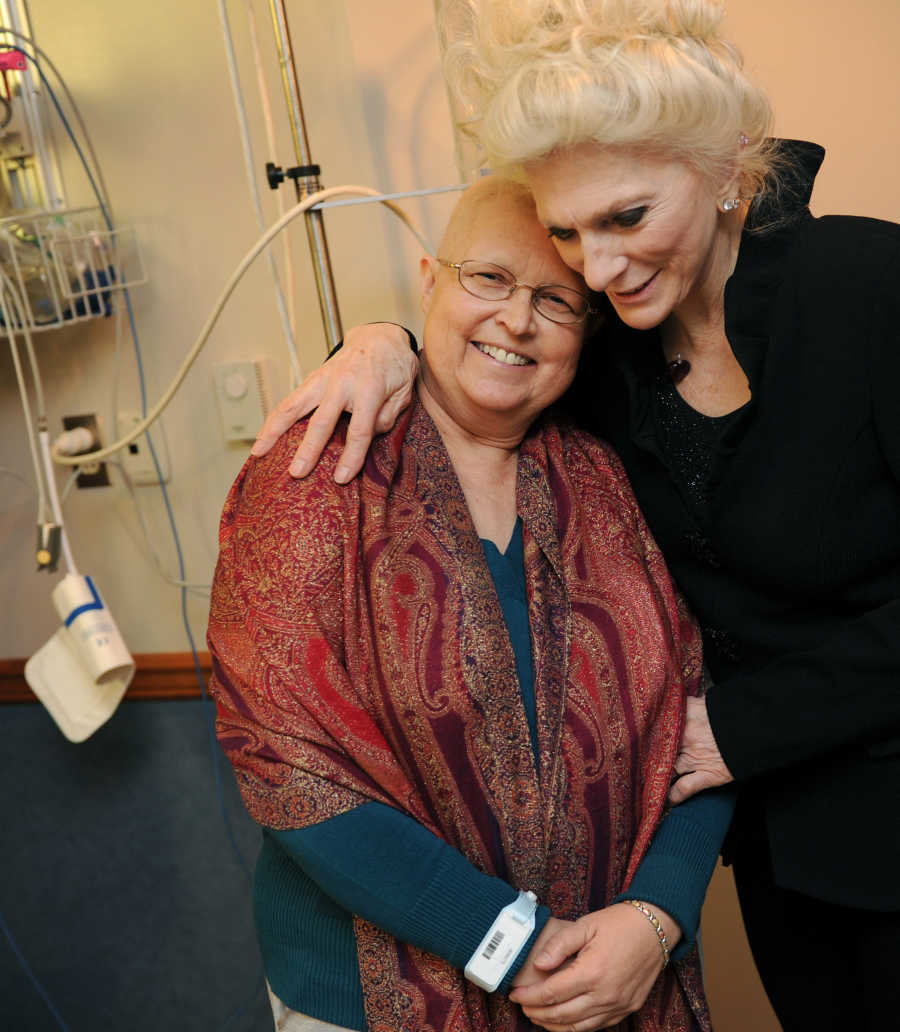
Estimated New Cases: 74,200 each year
Estimated Deaths: 19,970 each year
Lymphomas are cancers of the lymphatic system, which is part of the immune system. Non-Hodgkin lymphoma, which develops in a type of white blood cell, is the most common, and there are several different types — some of which are more aggressive than others.
How to reduce risk: The risk factors for lymphomas are unclear, but lifestyle matters — some people are at increased risk, especially those who have had certain infections, such as HIV and Epstein-Barr; those are exposed to pesticides; or anyone who has used immunosuppressants.
Kidney Cancer
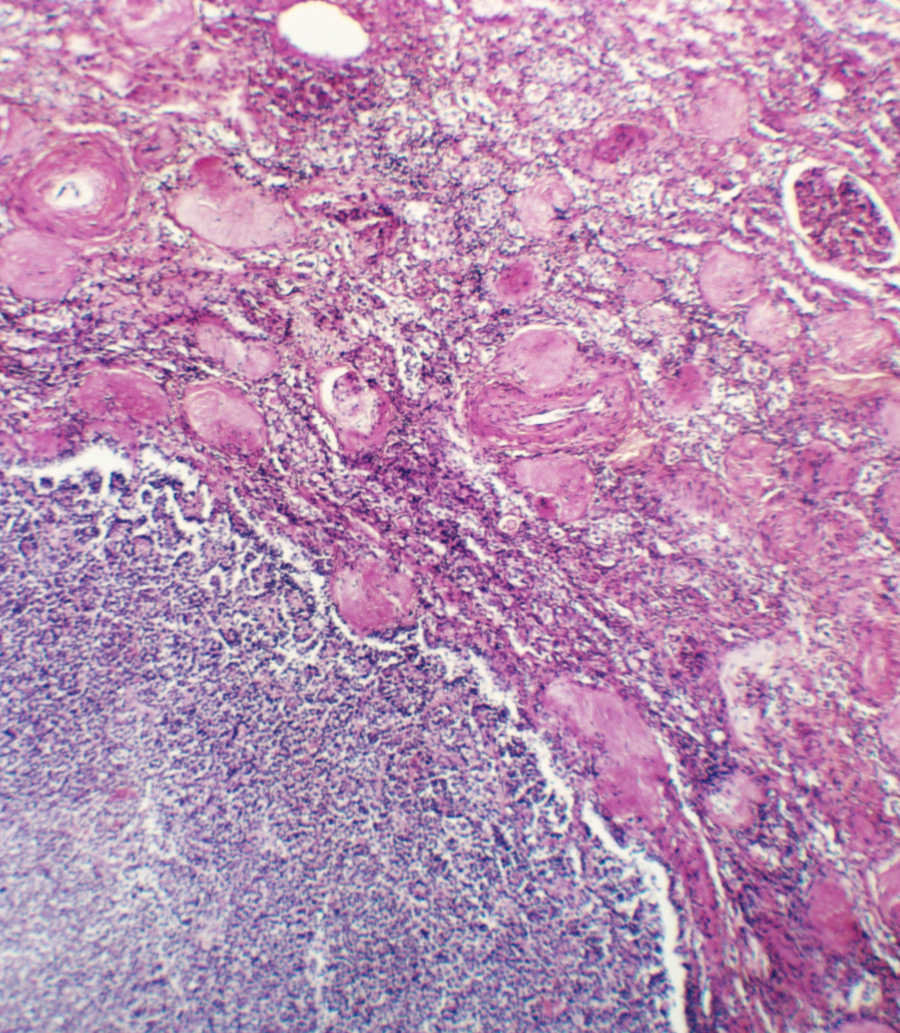
Estimated New Cases: 73,820 each year
Estimated Deaths: 14,770 each year
There are two main types of kidney cancer: renal cell carcinoma and renal pelvis carcinoma.
How to reduce risk: Don’t smoke — or quit ASAP — and do not use over-the-counter pain medications for extended periods of time.
Endometrial Cancer
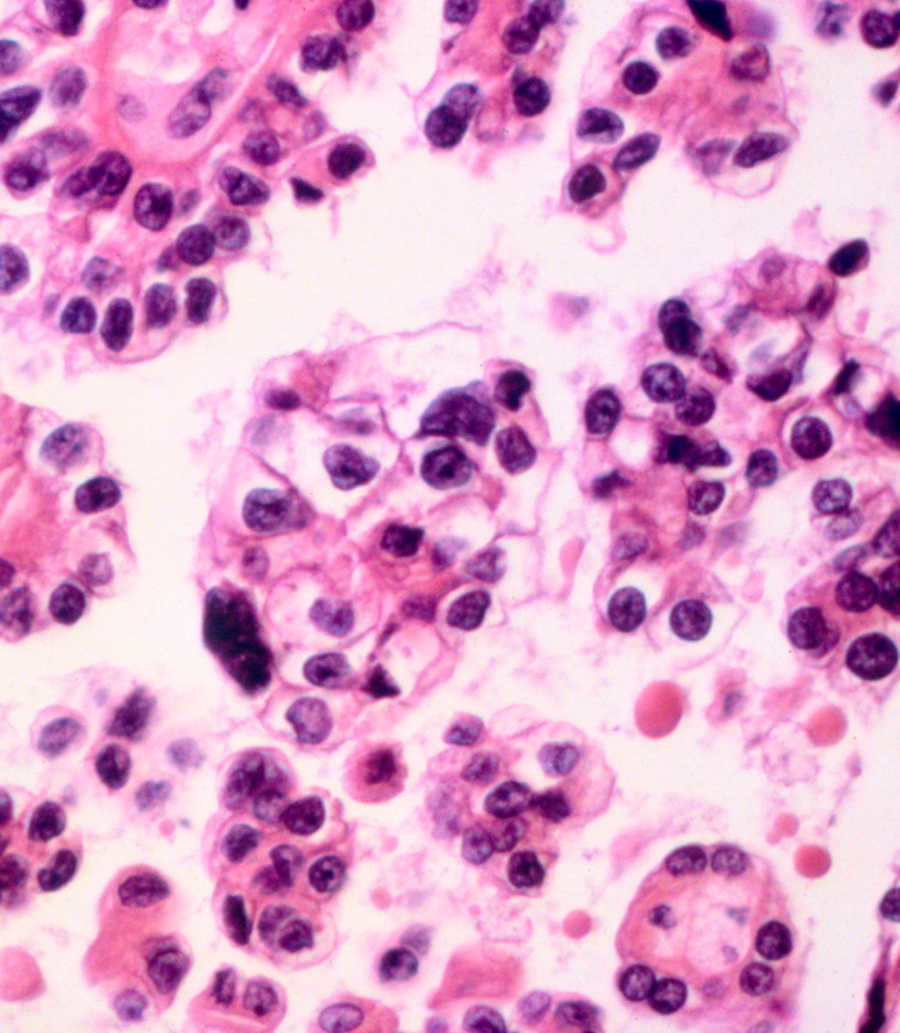
Estimated New Cases: 61,880 each year
Estimated Deaths: 12,160 each year
Endometrial cancer is the most common type of uterine cancer — and the most curable. Obviously, it only affects women — predominantly women age 60 and older.
How to reduce risk: Aside from the common lifestyle choices, women should talk to their doctors about their exposure to estrogen and, for breast cancer patients, the use of tamoxifen.
Leukemia (All Types)
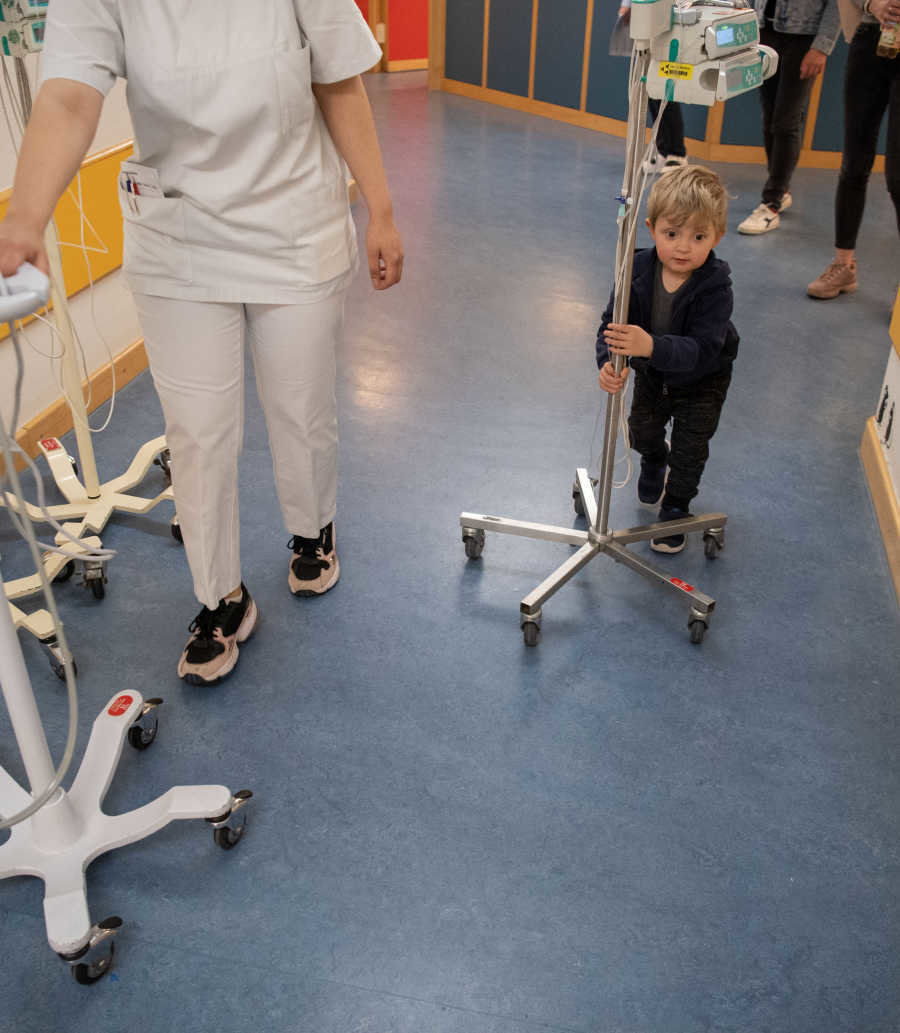
Estimated New Cases: 61,780 each year
Estimated Deaths: 22,840 each year
Leukemias are cancers of the blood cells — typically the white blood cells. It’s the most common childhood cancer.
How to reduce risk: Like other cancers, it’s unclear how leukemia forms. One key risk factor — other than lifestyle — is previous cancer treatment.
Pancreatic Cancer

Estimated New Cases: 56,770 each year
Estimated Deaths: 45,750
Pancreatic cancer occurs primarily in people over the age of 40, and more than half of cases occur in people over 70. It is slightly more common in men than women.
How to reduce risk: Smoking is strongly associated with this type of cancer, so those who smoke and are concerned about its effects on the pancreas should quit. Obesity has also been linked to this cancer, as have some other lifestyle factors — specifically, eating a diet high in processed and red meat.
Liver & Intrahepatic Bile Duct Cancer
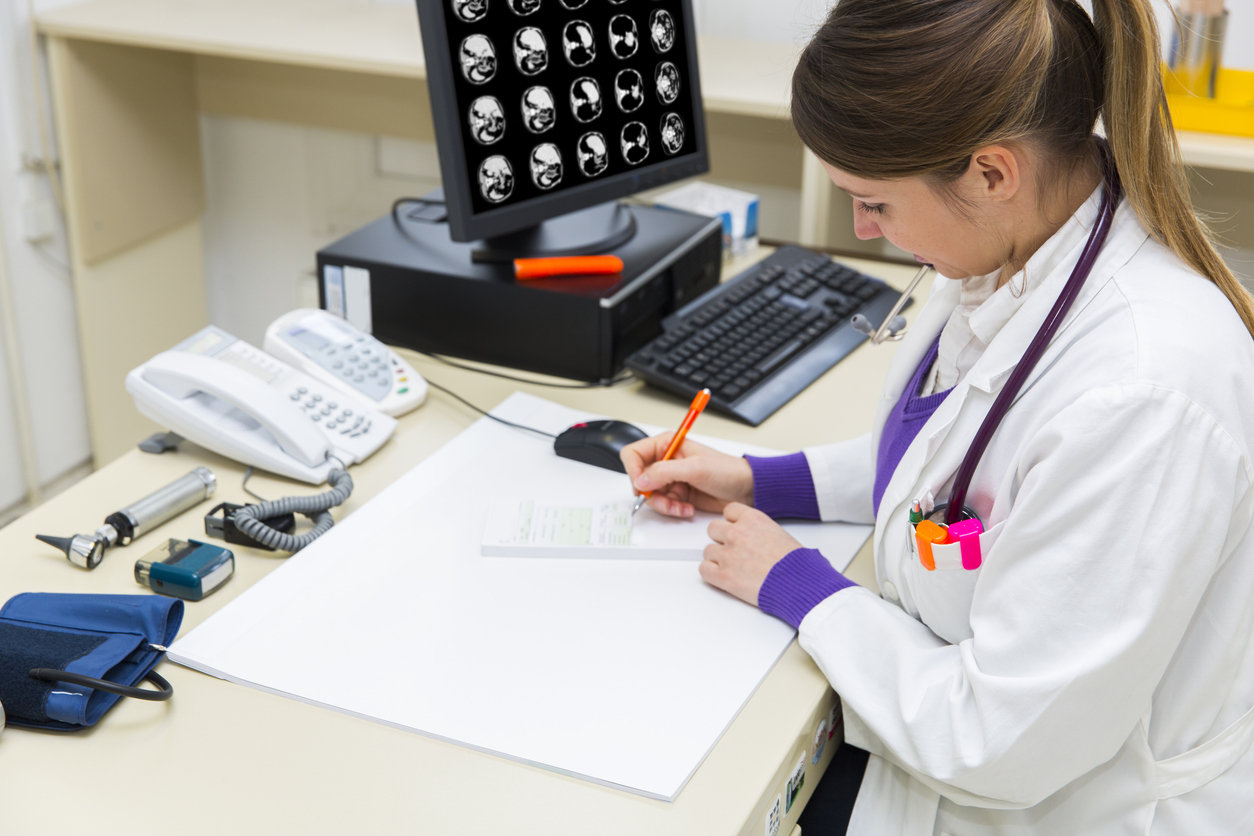
Estimated New Cases: 42,030 each year
Estimated Deaths: 31,780
Globally, liver cancer is the third leading cause of cancer death after lung and stomach. Many of these are connected to Hepatitis B and C.
How to reduce risk: Vaccination against hepatitis B is a major way of reducing the chance of liver cancer. Reducing alcohol use and obesity may also reduce one's chance of liver cancer.
Stomach Cancer

Estimated New Cases: 27,510 each year
Estimated Deaths: 11,140
Stomach cancer occurs twice and frequently in men as it does in women. About 10% of cases appear to run in families, as well.
How to reduce risk: A Mediterranean diet has been shown to reduce the risk of stomach cancer, and quitting smoking is a good idea to lower risk, as well. Eating lots of fresh fruits and vegetables, getting plenty of vitamins, and eating fewer smoked foods and processed meats can help, too.
Thyroid Cancer

Estimated New Cases: 52,070 each year
Estimated Deaths: 2,170
Thyroid cancer develops in the thyroid gland, and early symptoms involve a lump in the neck. The most common form of thyroid cancer, papillary, has an excellent overall prognosis.
How to reduce risk: Risk factors include family history, an enlarged thyroid, and previous radiation treatments, so for anyone who has any of these factors should be extra alert.



